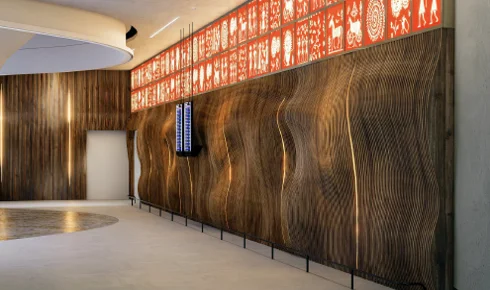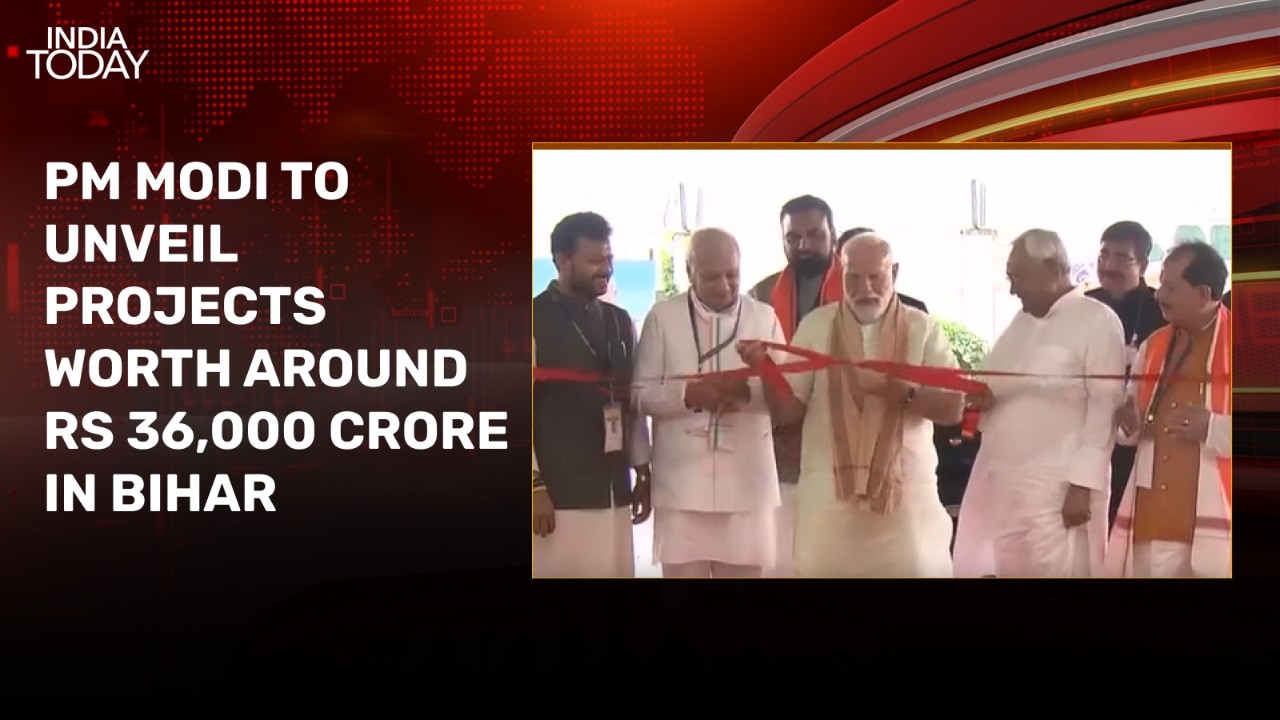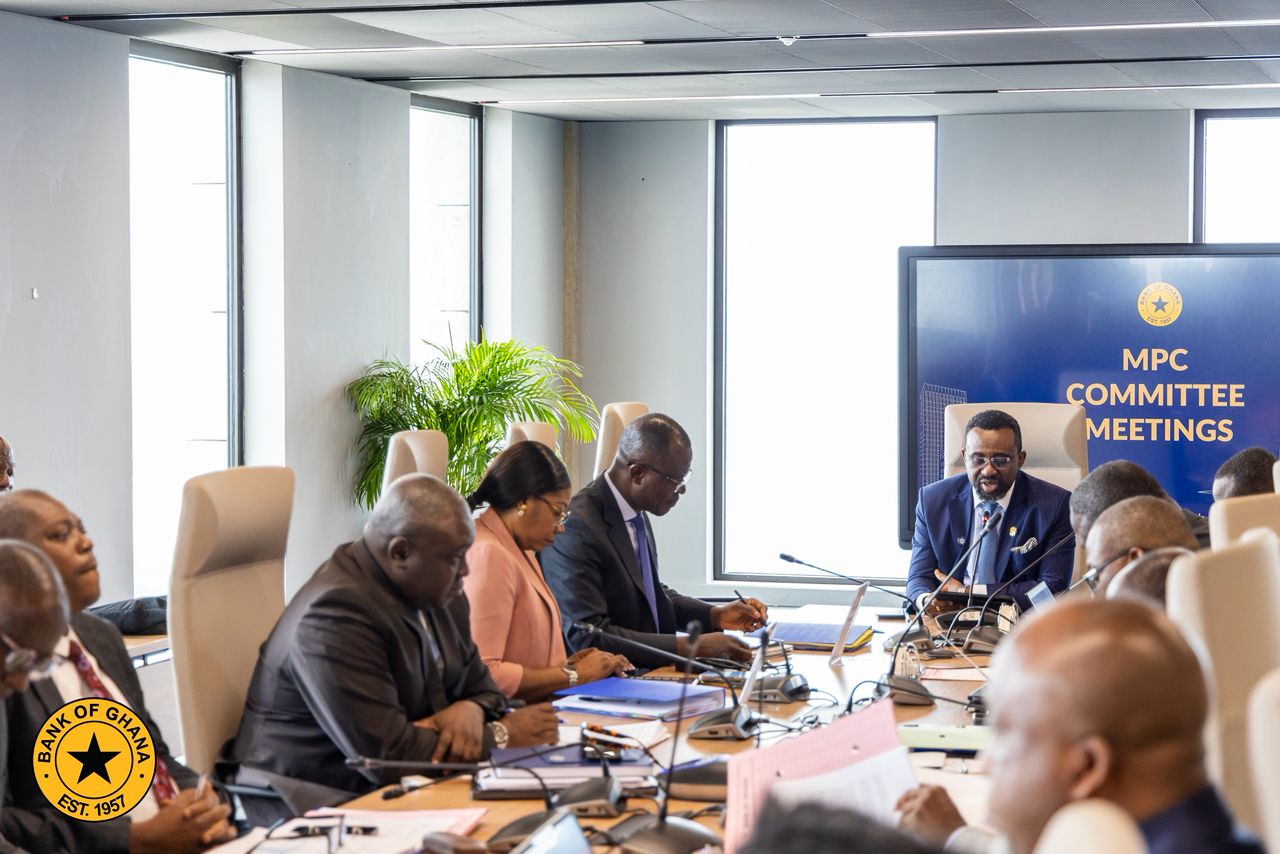By News Karnataka
Copyright newskarnataka

Navi Mumbai: As Navi Mumbai International Airport (NMIA) prepares for its inauguration later this month, much of the attention has been on its massive scale and connectivity. But beyond the runways and terminals lies an equally significant story — NMIA’s vision to become a self-sustaining business ecosystem by prioritising non-aero revenues through retail, dining, experiential zones, and entertainment spaces.
Airports as business ecosystems
Globally, airports are no longer dependent solely on landing charges and passenger traffic. Leading international hubs earn up to 40 per cent of their revenues from non-aero streams such as retail, food and beverage (F&B), real estate, advertising, and parking. In India, the figure hovers around 25–30 per cent. NMIA, developed by Navi Mumbai International Airport Pvt. Ltd. (NMIAL), is positioning itself to close this gap by adopting a “passenger-to-product” strategy that caters to different traveller cohorts, from families and leisure passengers to ultra-high-net-worth individuals.
Experiential zones to engage travellers
One of the highlights of NMIA’s plan is the creation of experiential zones designed to reduce travel anxiety and transform idle “dwell time” into opportunities for engagement. Interactive art installations, digital storytelling spaces, calm areas and wellness-driven offerings will create a holistic travel experience. The underlying business logic is clear: the more engaged passengers are, the more they spend across retail, dining and services.
Retail and dining as cultural showcases
Retail is expected to play a significant role, with about 110 outlets of global and domestic brands, including duty-free shops spanning nearly 1,800 square metres each in both arrivals and departures. In addition to international labels, NMIA will feature curated local crafts and homegrown brands that highlight the cultural identity of Mumbai.
Food and beverage will also go beyond mere amenities. From international chains to Bombay-inspired dining concepts and open food halls, the strategy is to make F&B an experience in itself. Dining remains among the fastest-growing categories in airport spending, and NMIA’s planners are integrating high-street favourites with regional delicacies to create a “sense of place” for travellers.
Extending beyond passengers
Unlike most airports, NMIA has designed its forecourts and entertainment areas to attract non-passenger footfall. Families, residents, and those waiting for arrivals can access cafés, AR-VR games, bowling alleys, and food halls with Mumbai street food concepts. This approach extends the airport’s customer base beyond fliers, turning NMIA into a city destination in itself.
Premium aviation and business opportunities
Another differentiator is NMIA’s strong push into business aviation. With 67 general aviation stands and a dedicated heliport, the airport is targeting high-spending private aviation customers. This segment, along with its premium retail and services, is expected to further boost non-aero revenues.
A model for India’s aviation future
According to Knight Frank India, passenger traffic in the country is projected to rise nearly 50 per cent, from 412 million in FY25 to 600 million by FY30. As competition grows, airports that deliver superior retail, F&B, and experiential offerings will be better positioned to absorb traffic shocks and sustain profitability.
NMIA’s strategy also ties into its location advantage. Situated near Jawaharlal Nehru Port Trust (JNPT), the country’s largest container hub, the airport is well-placed to benefit from passenger and cargo-linked commercial ecosystems.
Redefining airport economics
If NMIA’s model succeeds, it could serve as a benchmark for India’s greenfield airports. By aligning commercial design with sustainability, passenger psychology, and immersive experiences, NMIA aims to bring India closer to global standards where non-aero revenues account for nearly half of airport earnings.
As NMIA scales to its eventual full capacity of 90 million passengers annually, real estate developments, premium retail growth, and business districts around the airport are expected to further solidify its role as a key commercial hub for Navi Mumbai and Maharashtra.
As the countdown to its inauguration continues, NMIA is sending out a clear message: airports are no longer just gateways of connectivity but destinations of commerce, culture, and experience. For Indian aviation, this could mark a turning point in how airports balance passenger service with business sustainability.



